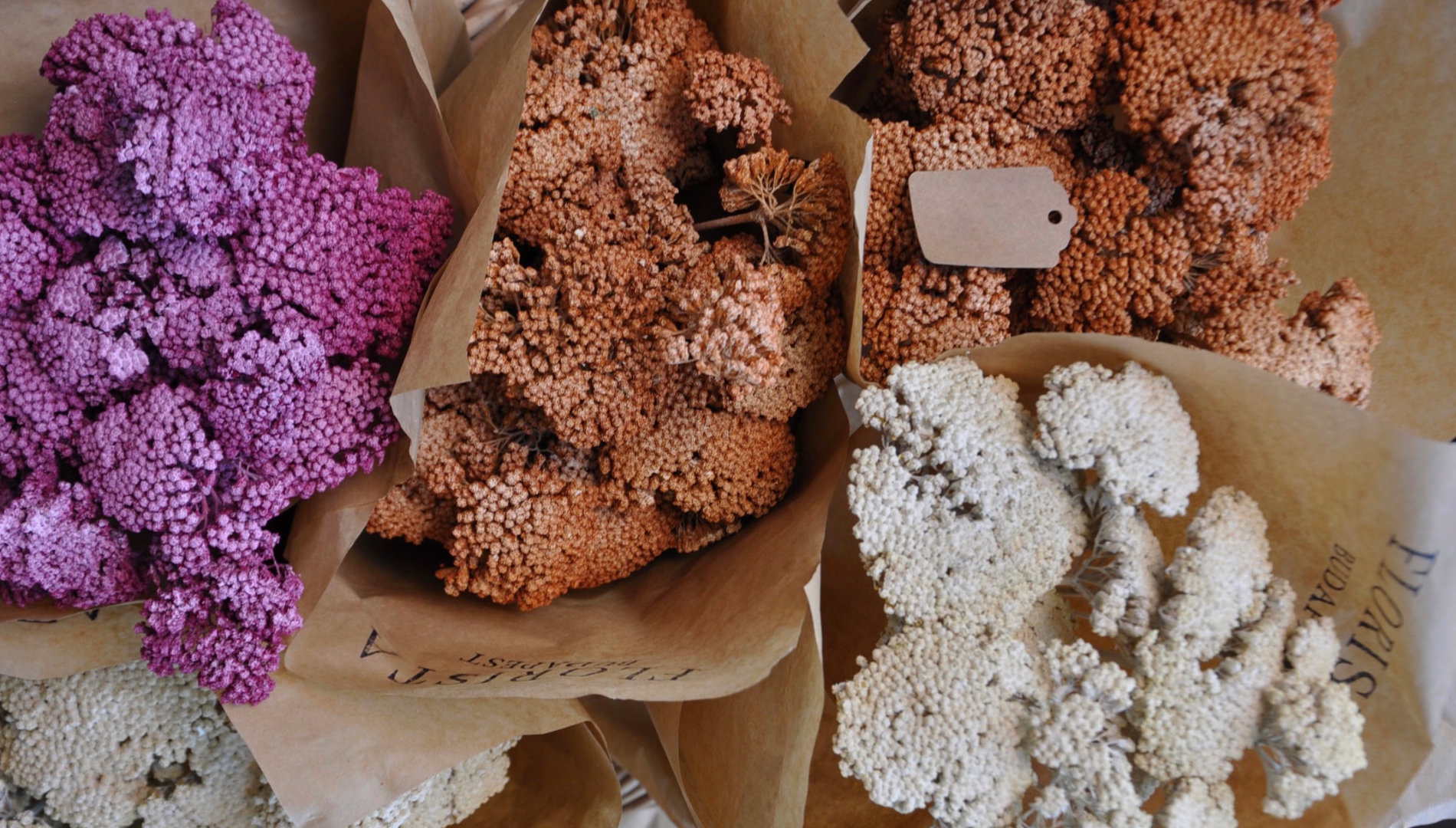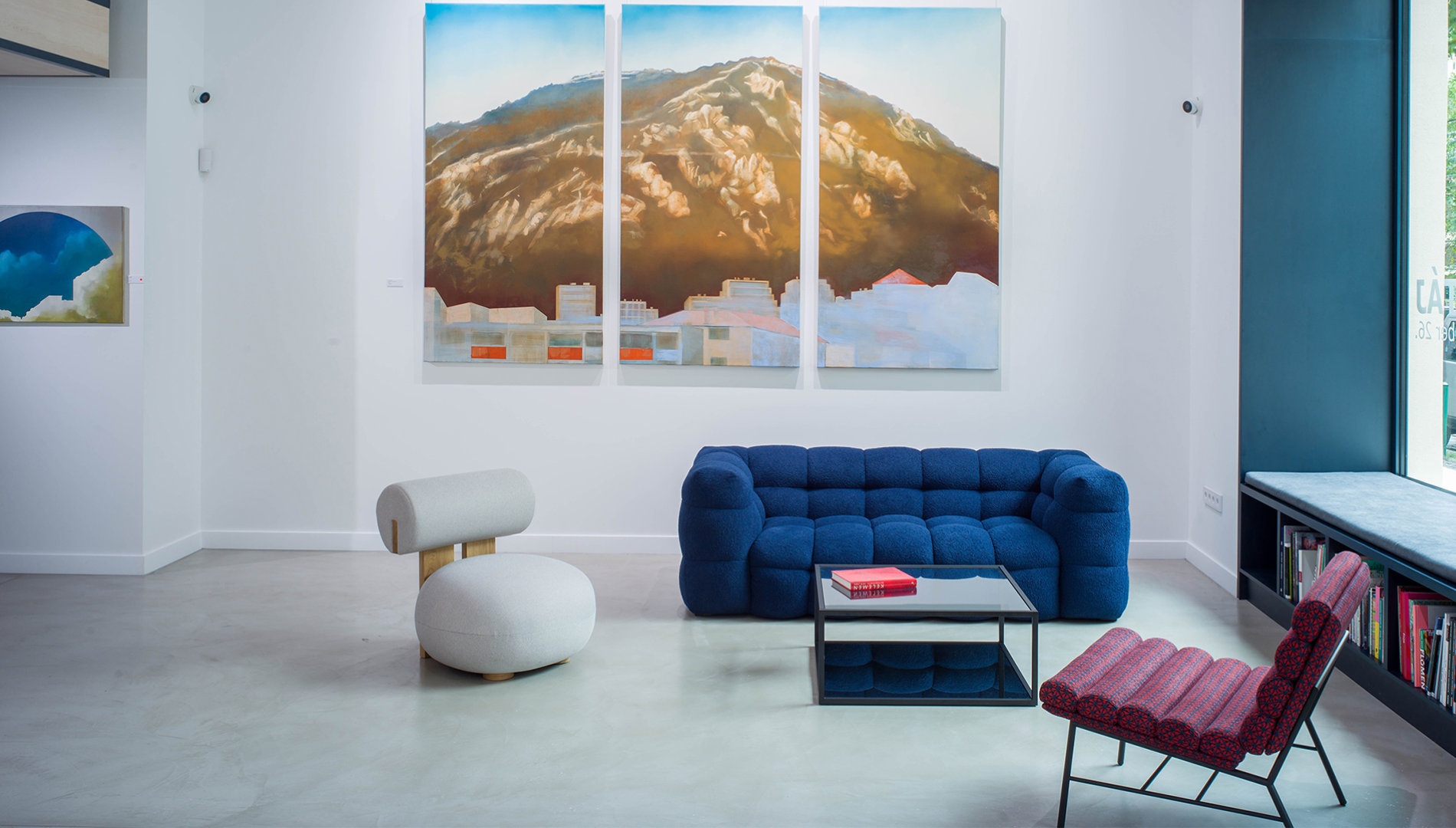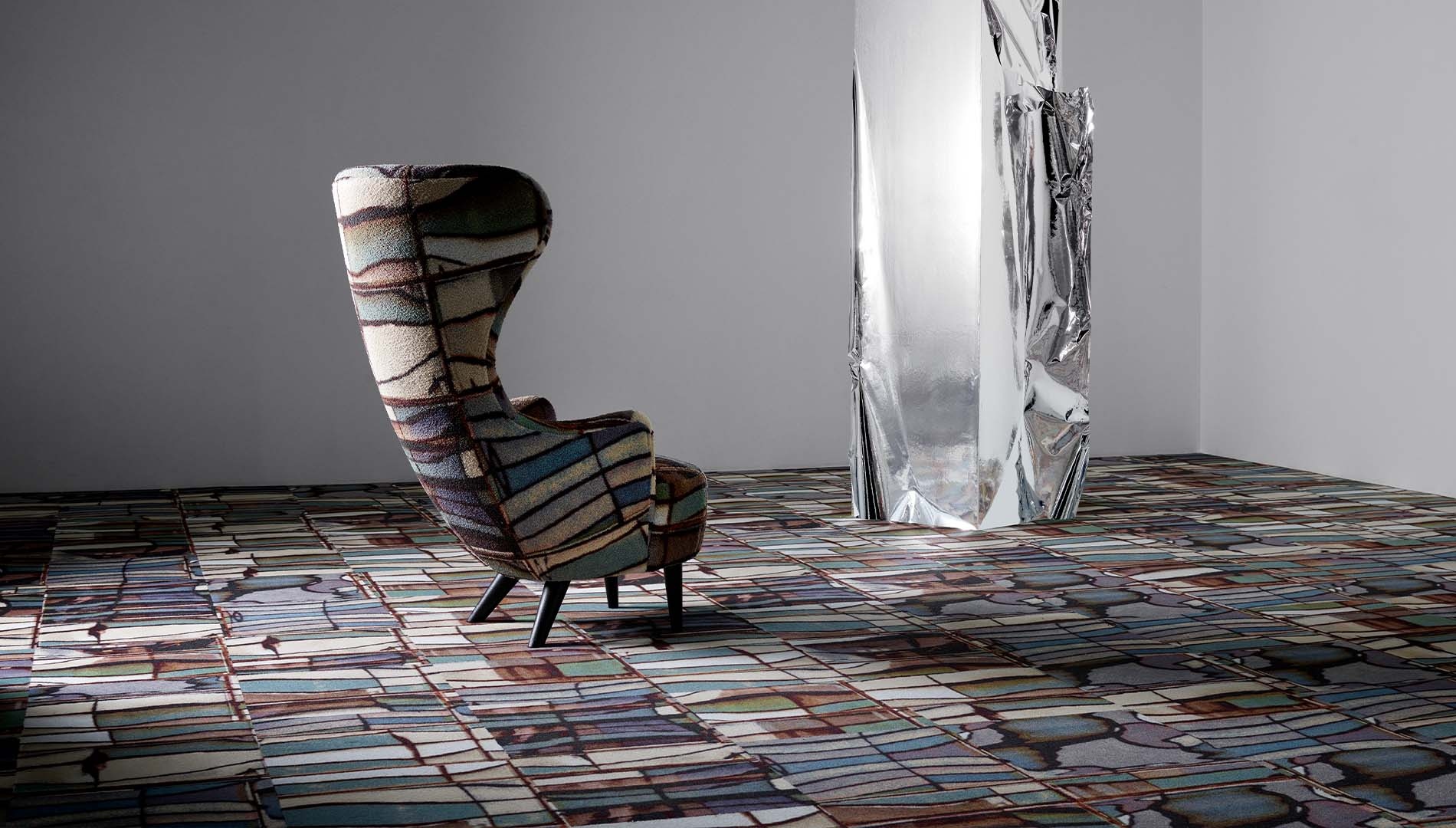
Harmony of immaculate design and circular economy
Key players of the international design scene are rejecting a notion that to keep up the standards of premium design solutions in a world high on environmental alert, one has to make compromises.
There’s no better proof than Ege Carpets who are showing the industry an example that soon others will feel obliged to follow: their stunning line of design carpets are made of 50% recycled material on average, and the company is pushing for more in the next 10 years. Not only that, as years go by, their whole production process is aimed to contribute more and more to a sustainable future. Dorthe Aaboe Kallestrup, Corporate Social Responsibility Manager of Ege was keen to answer our questions regarding their green initiatives and latest collections, and she also revealed which models are waiting for the visitors of S/ALON BUDAPEST in 2021!
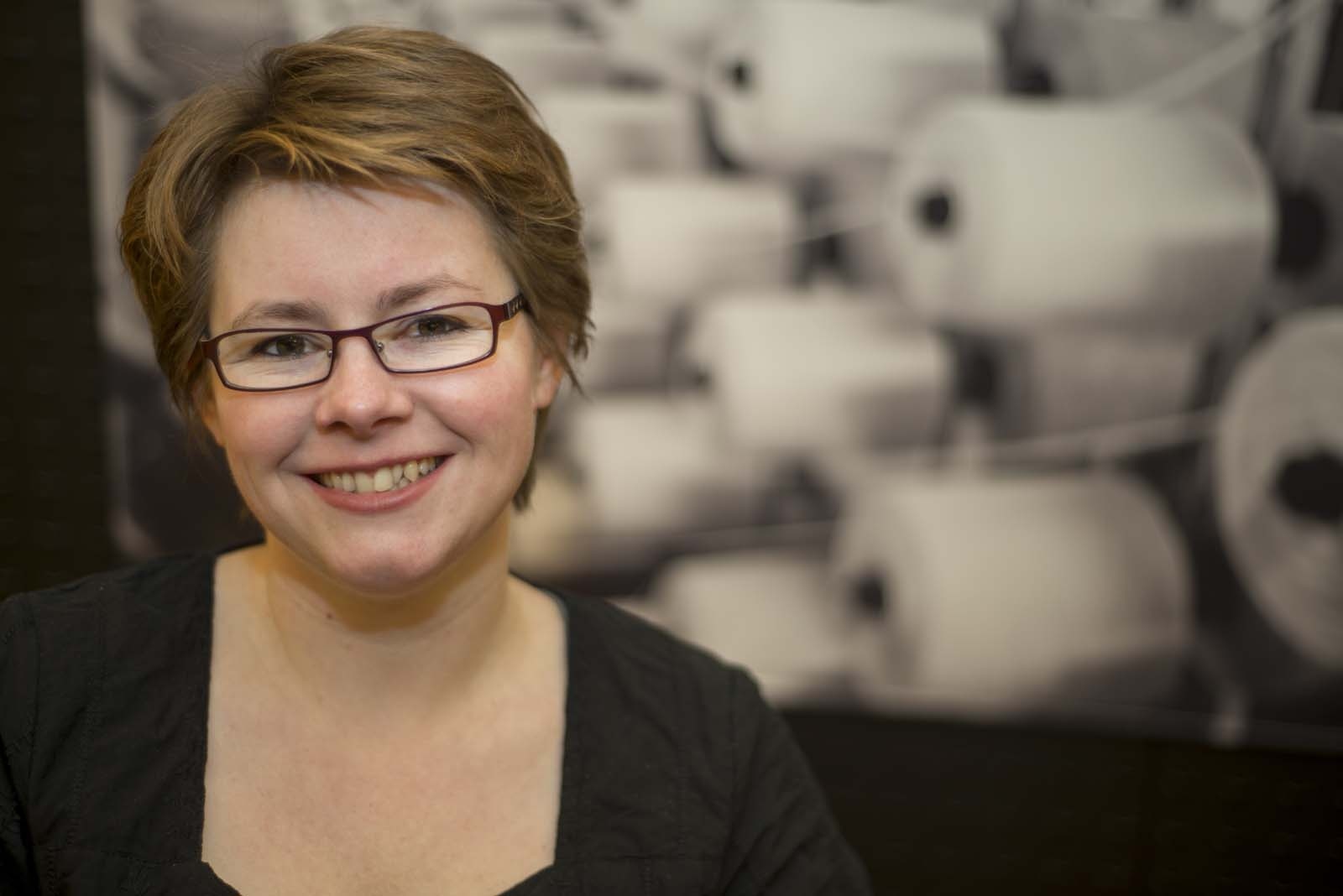
Ege Carpets prove that sustainability and beautiful design no longer are two options – but one solution. What are the main green initiatives within the company?
We exist to design beautiful carpets for a sustainable future. That’s our declared purpose. To help us fulfill our purpose, we’ve developed an ambitious sustainability strategy. The four main targets of the strategy are
to create sustainable carpets in closed loops by turning waste into resources while becoming CO2 positive.
We use Cradle to Cradle as a sustainability framework. Through an ambitious target of having Cradle to Cradle Platinum on all carpets by 2030, we work hard to create a more sustainable future one carpet at a time.
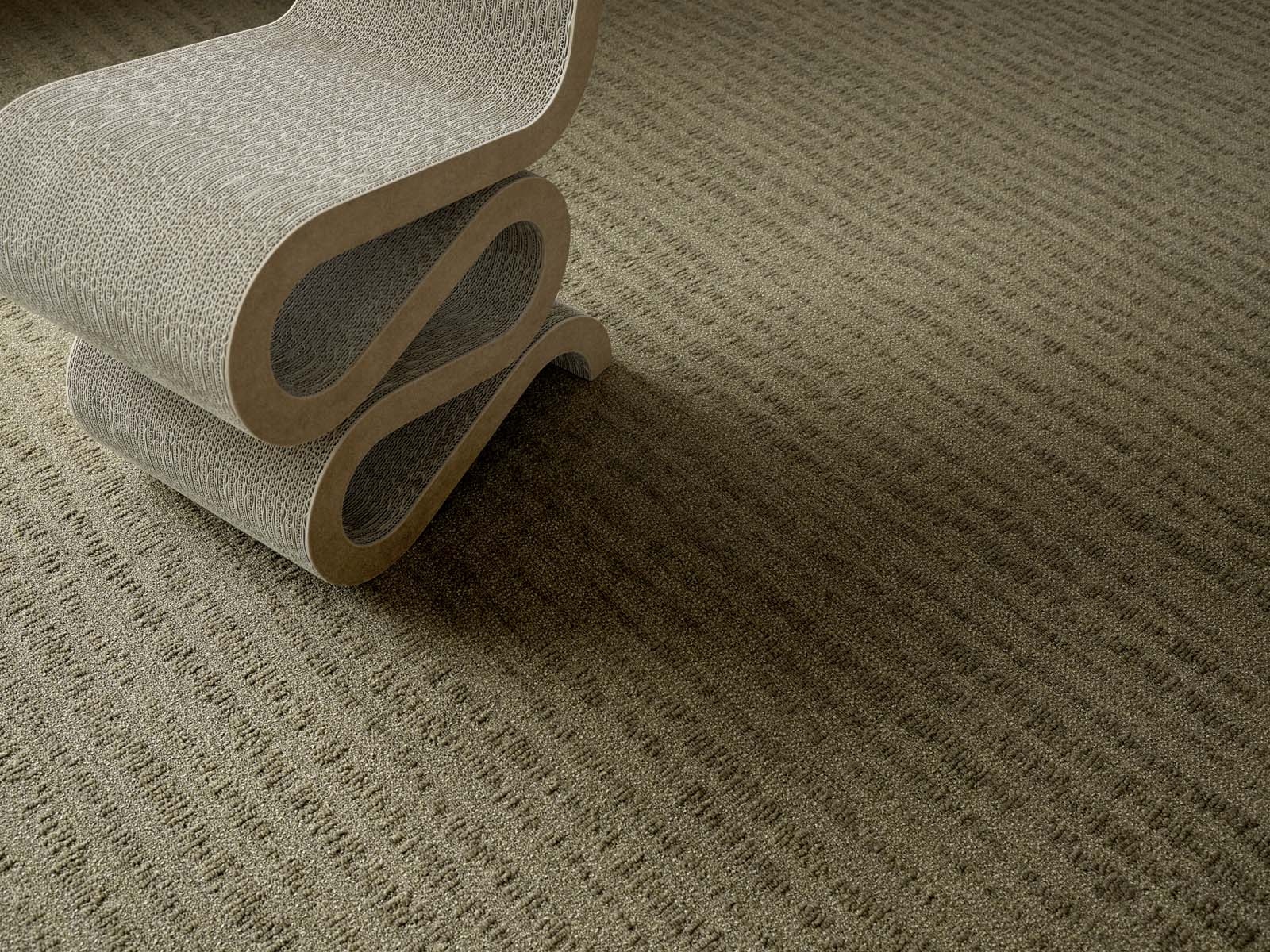
Ege Carpets have a great tradition of responsible operation. What are your most significant achievements from the last two decades?
From my point of view, one of the greatest achievements was when we reached our aim of having a 100% Cradle to Cradle CertifiedTM assortment in 2020. No other carpet manufacturer in the world has presented a 100% Cradle to Cradle CertifiedTM assortment. We have 18 Cradle to Cradle Bronze certificates, covering 116 carpet series – and below these series are hundreds and hundreds of different designs available. In May 2021, we expanded our business by including 3 other brands under the Ege Carpets brand name – and now we’re working hard to get all the new carpets Cradle to Cradle CertifiedTM as well.
We expect to reach our aim within this year.
We’re also very proud that we were rewarded an EcoVadis Platinum medal in the summer 2021. EcoVadis is the world’s largest and most trusted provider of business sustainability ratings. More than 75,000 companies have been rated for their sustainability performance, and the Platinum medal shows that we’re among their top 1% best companies.
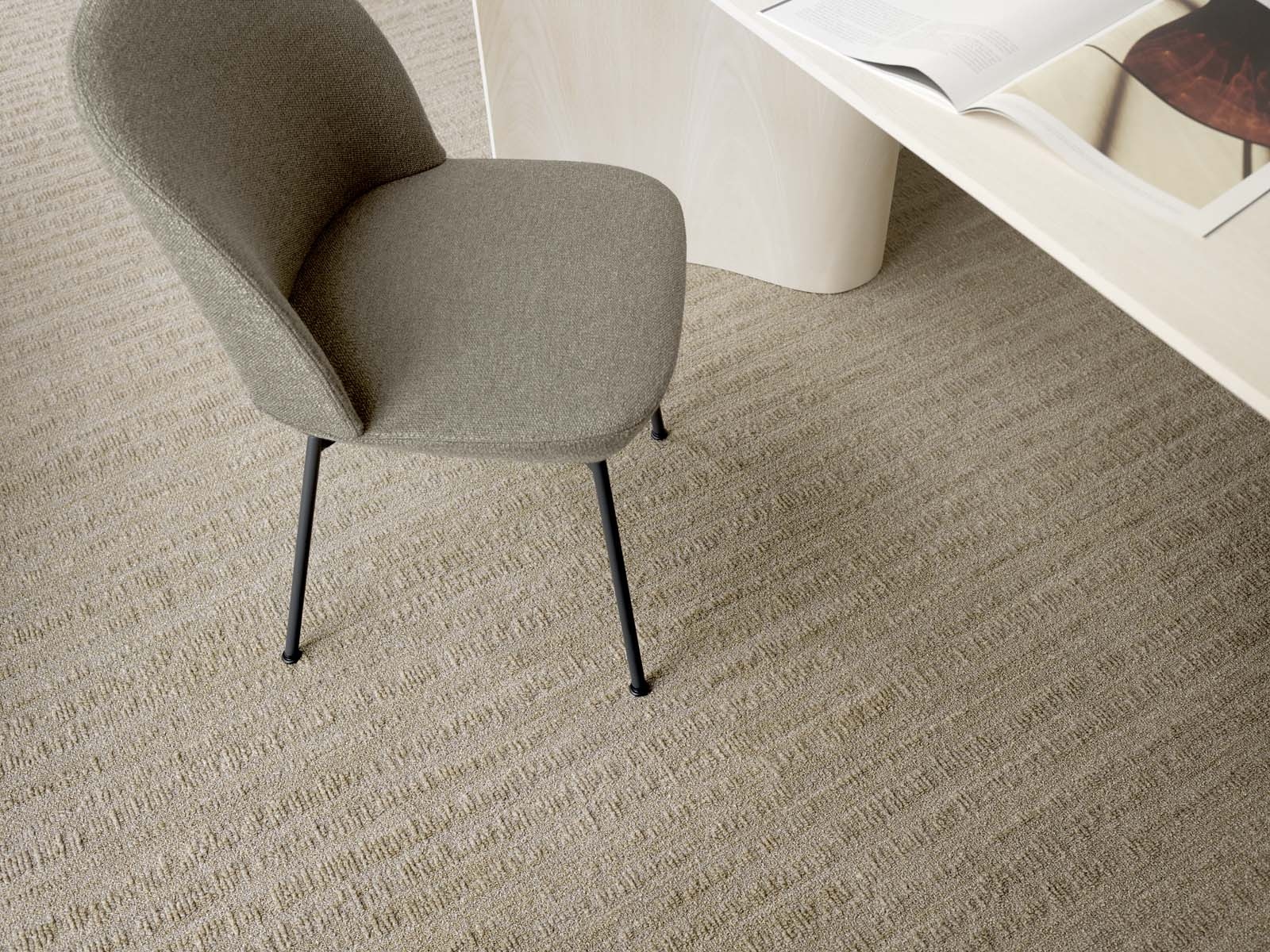
But if we look back at the last two decades, we have many other great stories to share. For example, in 2007 we developed and patented the unique Ecotrust felt backing, created from 100% recycled plastic bottles. Today all our carpet tiles come with this backing, making sure that more than 47 million plastic bottles yearly end their lives in our carpets, instead of being wasted. The Ecotrust felt backing furthermore provides great acoustic qualities, form stability on the tiles and it’s a lightweight alternative to bitumen backings that were previously dominant in the carpet tile industry.
Another great achievement is that we - through a large share of energy saving initiatives and huge investments in renewable energy - have reduced our CO2-emissions by 67% compared to 2007. 32% of the savings come from various energy saving projects in our factories. The rest have been achieved by investment in GO-certificates from offshore windmills. Our entire energy consumption from all factories in the Ege Carpets Group is covered 100% by the investments in renewable energy.
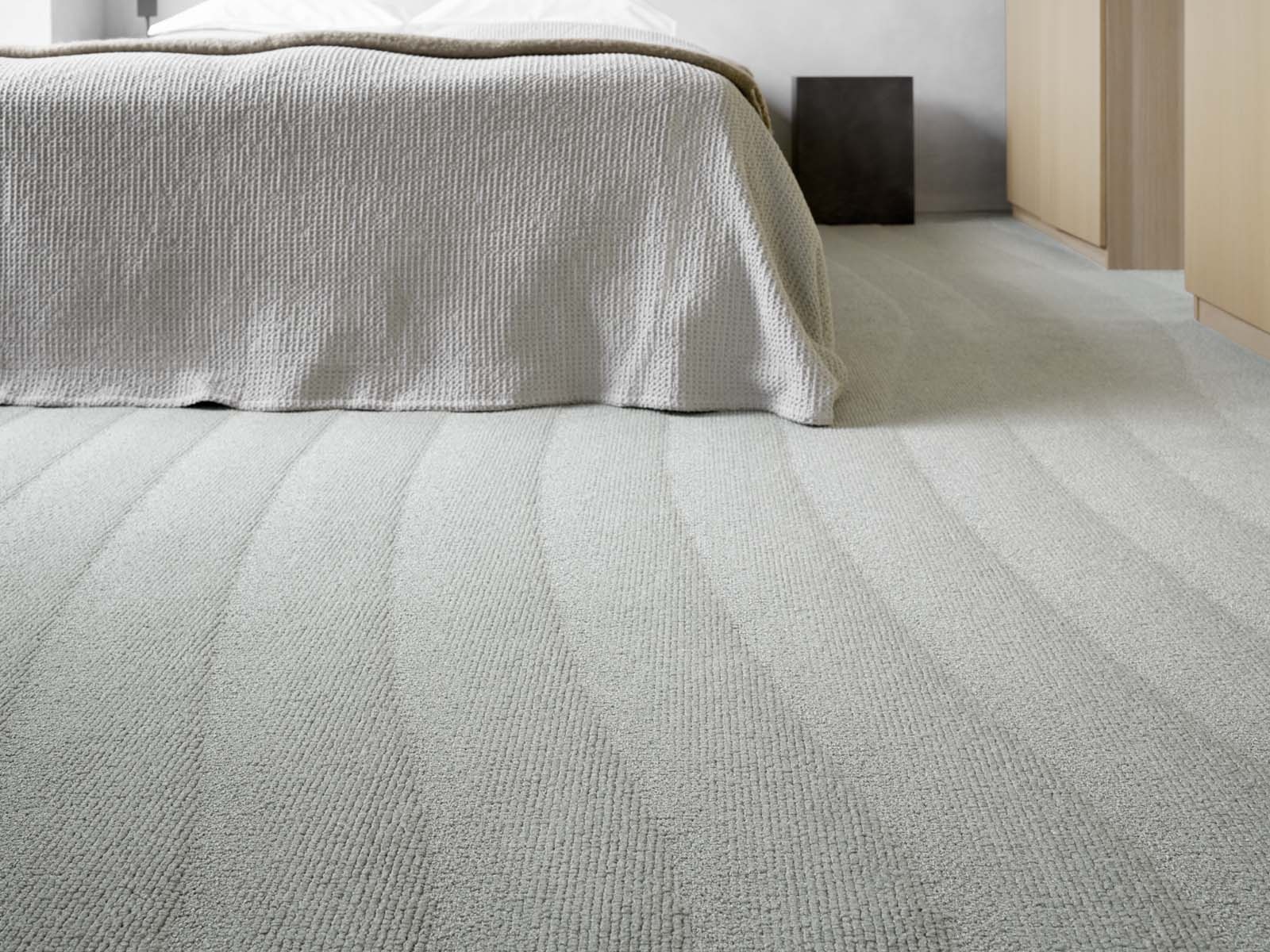
Over the years, our effort to bring down negative impacts on the environment and increase sustainable production and consumption has led to many prestigious recognitions. For example, in 2018, we received a “European Business Award for the Environment’’ from the EU Commission and the Danish Ministry of the Environment. In 2019, we won the Circularity City Product Award from the building industry, which gave us speaking time at C40 World Mayors Summit in Copenhagen (a global summit for the mayors of the world’s largest 40 cities committed to achieving the goal of the Paris Agreement).
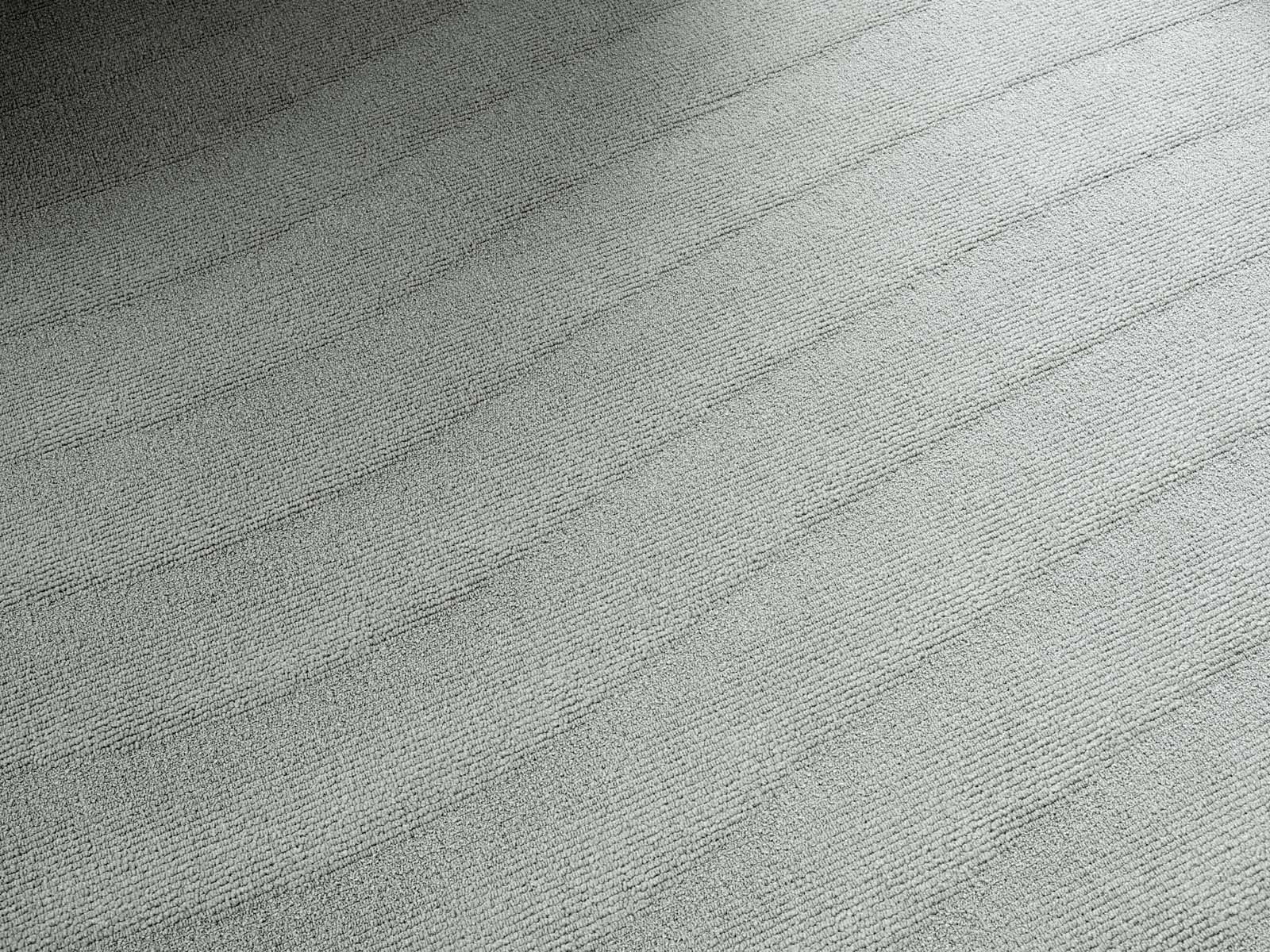
Sustainability is weaved in everything Ege Carpets do. What tools or processes do you use to challenge and rethink the ways of production?
Circular economy is a core aspect of our sustainability strategy. Currently 38% of our carpets are created with yarn from regenerated plastic waste (mainly used fishing nets) and 18% are created with wool yarn. By 2030, all our carpets will be produced with regenerated or renewable yarns. Right now, our greenest carpet contains 74% recycled raw materials, but most of the carpets with recycled content are closer to 46%. However, by 2030 we expect that all our carpets will consist of 75% recycled raw materials.
Circular economy is not just about using recycled materials in our carpets to ensure continual use of resources. It’s also about eliminating our own waste.
We work in many ways to eliminate our waste. We recirculate the dyes we use to color our carpets, in a closed loop system which ensures between 82-88% recycling of dyes. We clean and reuse our wastewater from different processes in the production facility. During this process we extract 500-1,000 tons of thickener yearly from the wastewater and reuse it again. We capture excess heat from the backing oven and recirculate it as district heating. Last year, 1,233 MWH was distributed into the grit this way. That equals the yearly consumption of 274 households. We use heated water from steam and other processes to clean the machinery, thus saving up to 3,000 m3 water yearly for cleaning purposes, etc.
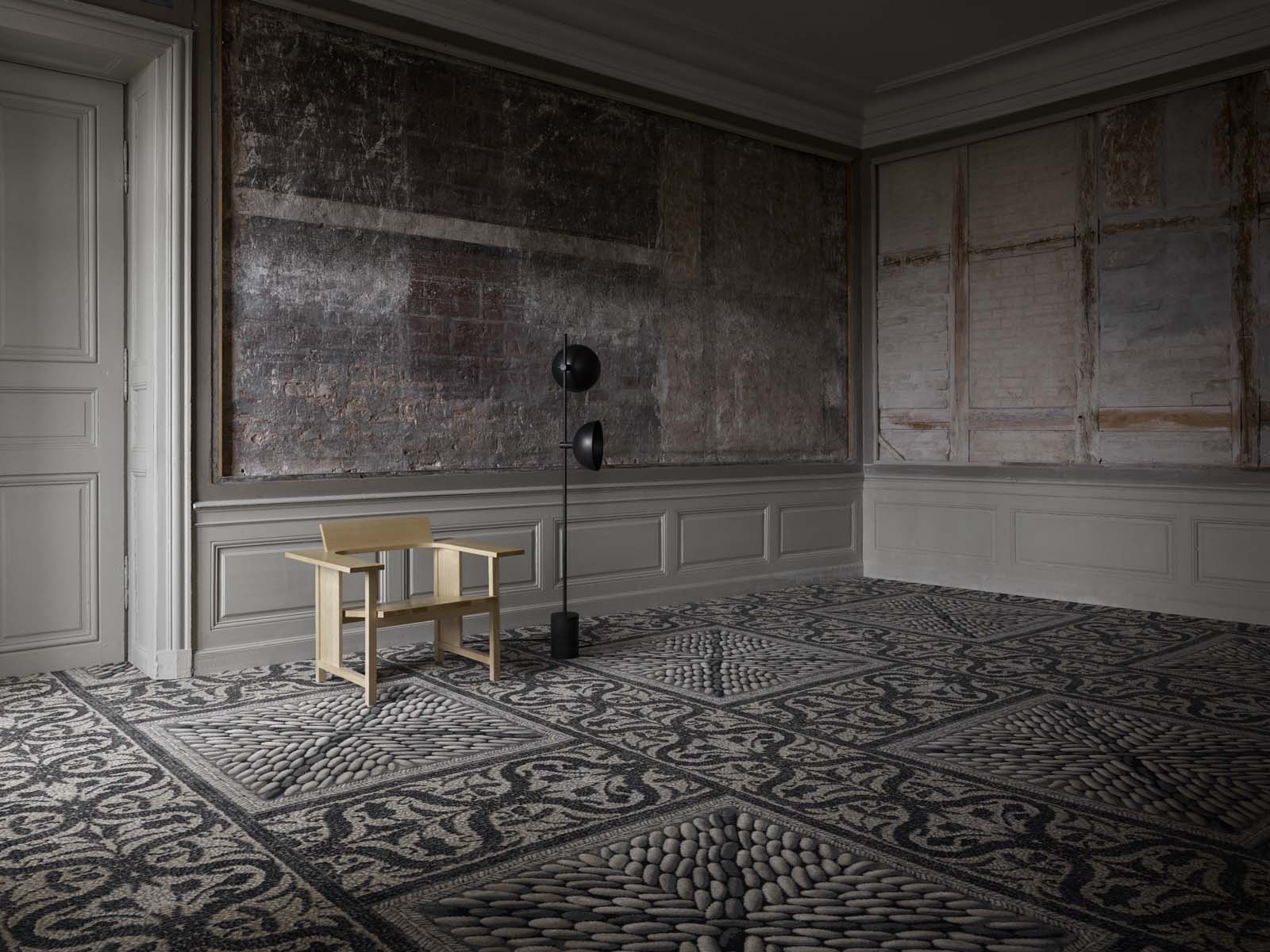
And it doesn’t stop there. We try to find ways to recycle all the different types of waste, you can imagine. Last year, 5,519 disposable pallets were sold for recycling. 27 tons of shredded yarn waste were sold for recycling into new yarns. 38 tons of mixed residue (fluff and scraps of yarn) were sold for recycling in the furniture industry. 68 tons of residual yarn were sent back to the supplier for recycling. 48 tons of cardboard cones were sold for recycling as e.g. egg trays. 26 tons of plastic packaging were sent back to the supplier for recycling. 24 tons of carpet offcuts were sold for recycling in equestrian lanes. Altogether, 27% of the Groups total waste volume was recycled last year. In 2030, we expect to be able to reuse, recycle or compost all our waste.
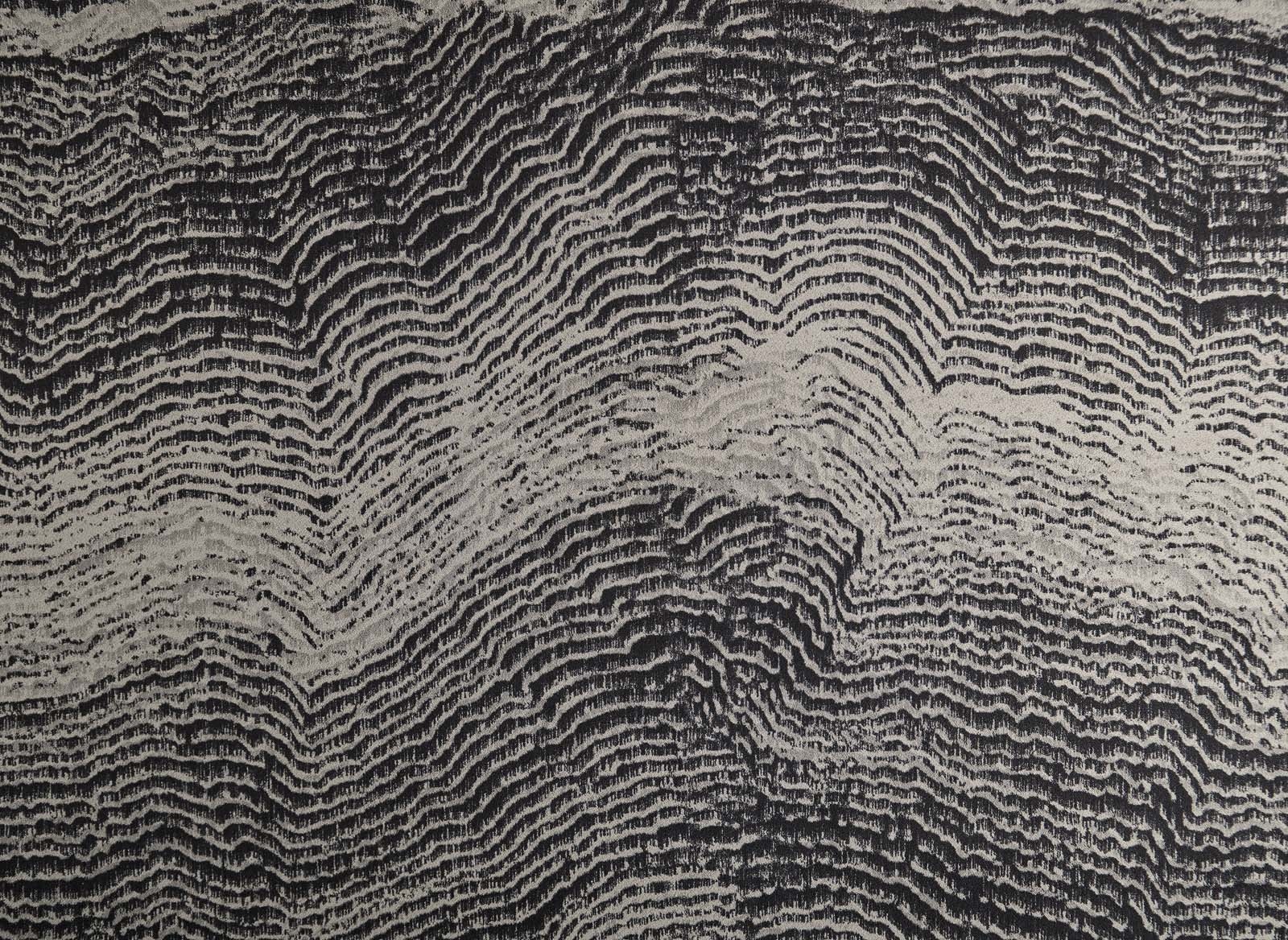
Ege Carpets take inspiration from nature’s diverse shapes and forms. How do you transpose such complex phenomena to textiles?
We collaborate with various design talents on our collections, and they use individual techniques. For instance, Laura Bilde and Linnea Ek Blæhr, the upcoming Danish design talents behind our ReForm A New Wave collection, have found inspiration in their childhood memories of the coastline when creating our collection of textured carpets. With A New Wave, the landscape is brought to the floor with the sensuous designs; Sand, Grass and Ocean - all of them created by sculptural multi level patterns in the soft carpet construction. Thus, A New Wave interprets the untouched Danish West coast in three design stories about the dramatic landscape. A tactile and sculptural simplicity is the essence of the three-dimensional constructions. And the unicoloured dusty and natural tones play an important role too.
Other collections, for instance ReForm Transition by French Manganèse Éditions, use colour contrast or tone on tone combinations to interpret nature’s own recycling process with seeds transforming into mature, flourishing foliage that eventually will crumble into delicate textures only to become seeds again for a new beginning. While the natural phenomena are transformed through our advanced colouring techniques, the carpet structure plays an important role too as irregular textures, layers and structures from outdoors are translated into multi-level carpet designs reflecting key elements of this seasonal cycle: Seed, Leaf and Fibre – equal to the three designs of the collection.
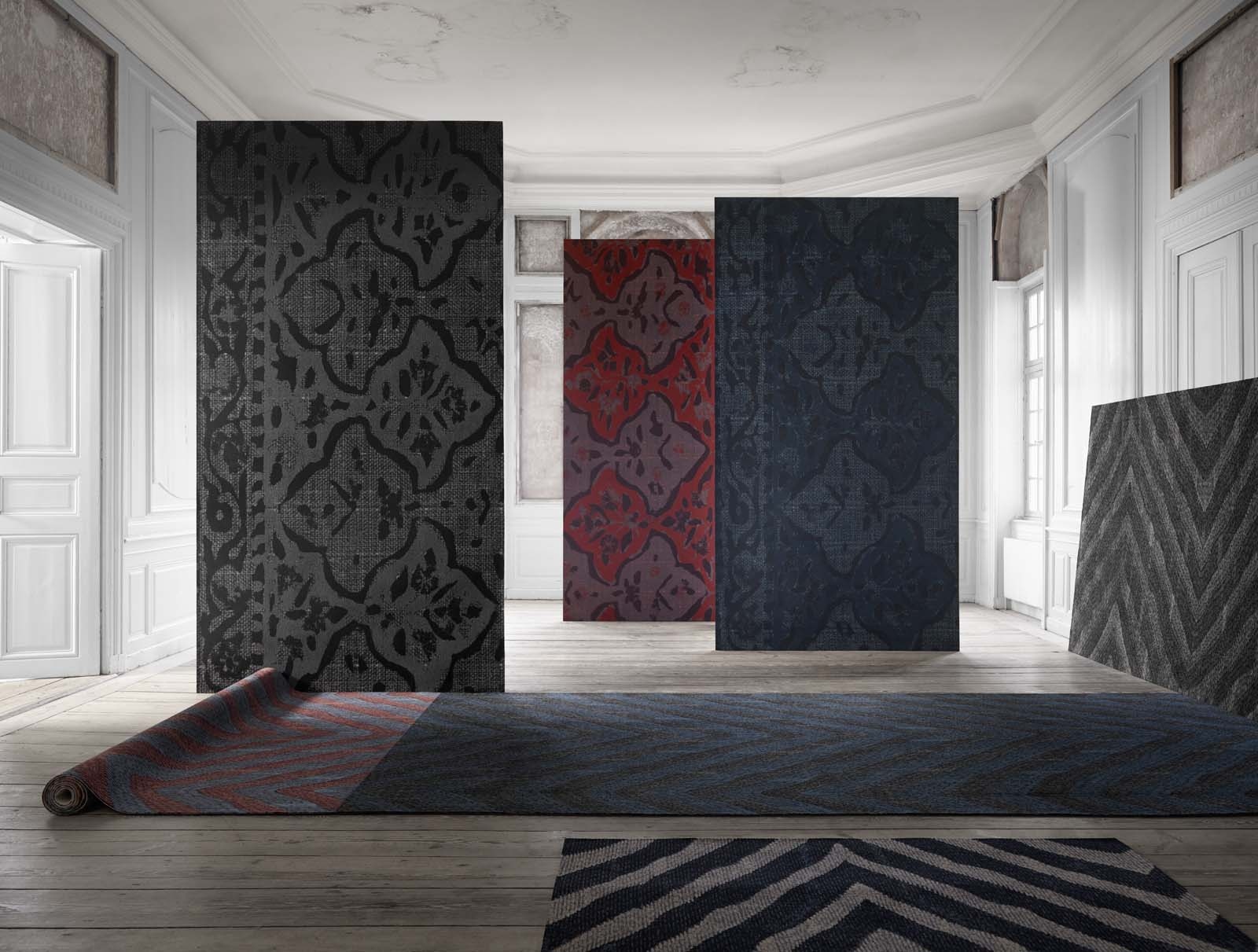
In which interiors would S/ALON BUDAPEST visitors enjoy the beauty of Ege Carpets?
Our carpets adorn many different locations ranging from offices to hospitality venues such as hotels, restaurants and bars. In addition, our carpets are featured in luxury cruise ships, retail stores, schools and so many more. Basically, all places and rooms that want to use the powerful floorspace to tell the story of their company identity, location etc. through a strong combination of stunning design and sustainability. Besides that, our carpets are the eye-catching centerpieces of selected high-profiled art exhibitions and fashion events, for instance at TATE Modern in London and Green Carpet Award Italia.
Visitors of S/ALON BUDAPEST will be welcomed by Papillons from the Atelier collection of Monsieur Christian Lacroix, while the S/ALON lounge champagne and coffee bar will feature the magnificent Industrial Landscape Blur carpet by Tom Dixon.
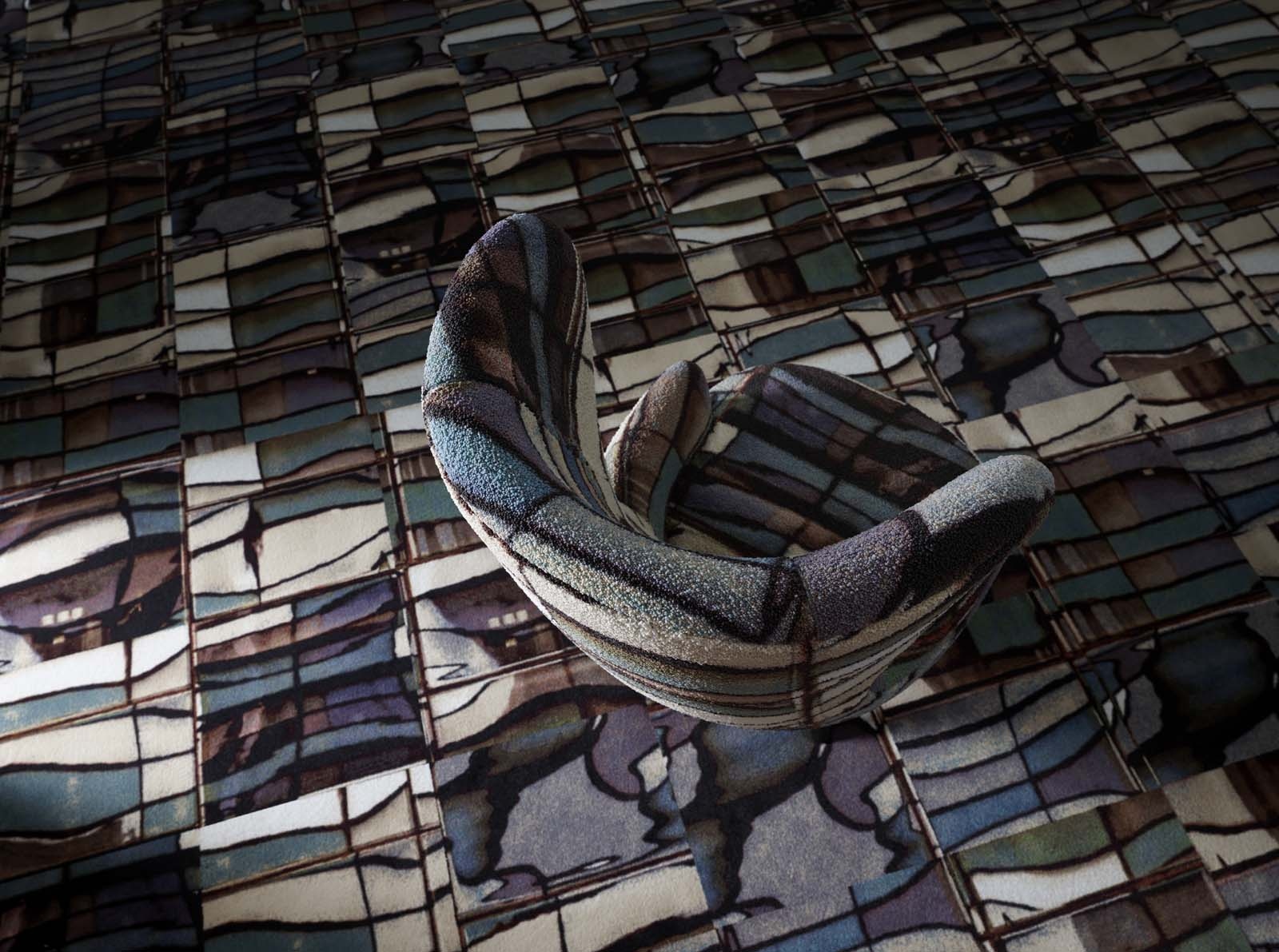
Industrial Landscape by Tom Dixon mirrors the original London. What is the essence of this collection?
Industrial Landscape by Tom Dixon mirrors the designers’ long time fascination of the original London with all the raw, sometimes even rough, elements making up the city. Aged and patinated by the passage of time, through which the weather, people and industry have left their marks on the materials and thereby created a continuous development of new expressions.
With the newest additions, the Coal and Iron designs, the collection interprets two important industrial pillars. While Coal reflects the dark and mysterious substance that powered the Industrial Revolution, the Iron design imitates the gradual disintegration of the oxidized metal surface that generates a random hued patination. Besides that, the collection consists of five other patterns: The Smoke design visualises the fumes from factories and workshops, while Wash is inspired by the white paste that temporarily covers shop windows during renovation. In Blur, the distorted city reflects in transient bits of water, while Tide shows the ever-changing sediments of the tidal River Thames. As the seventh and final design, Brick symbolises the London bricks visible all over the townscape.
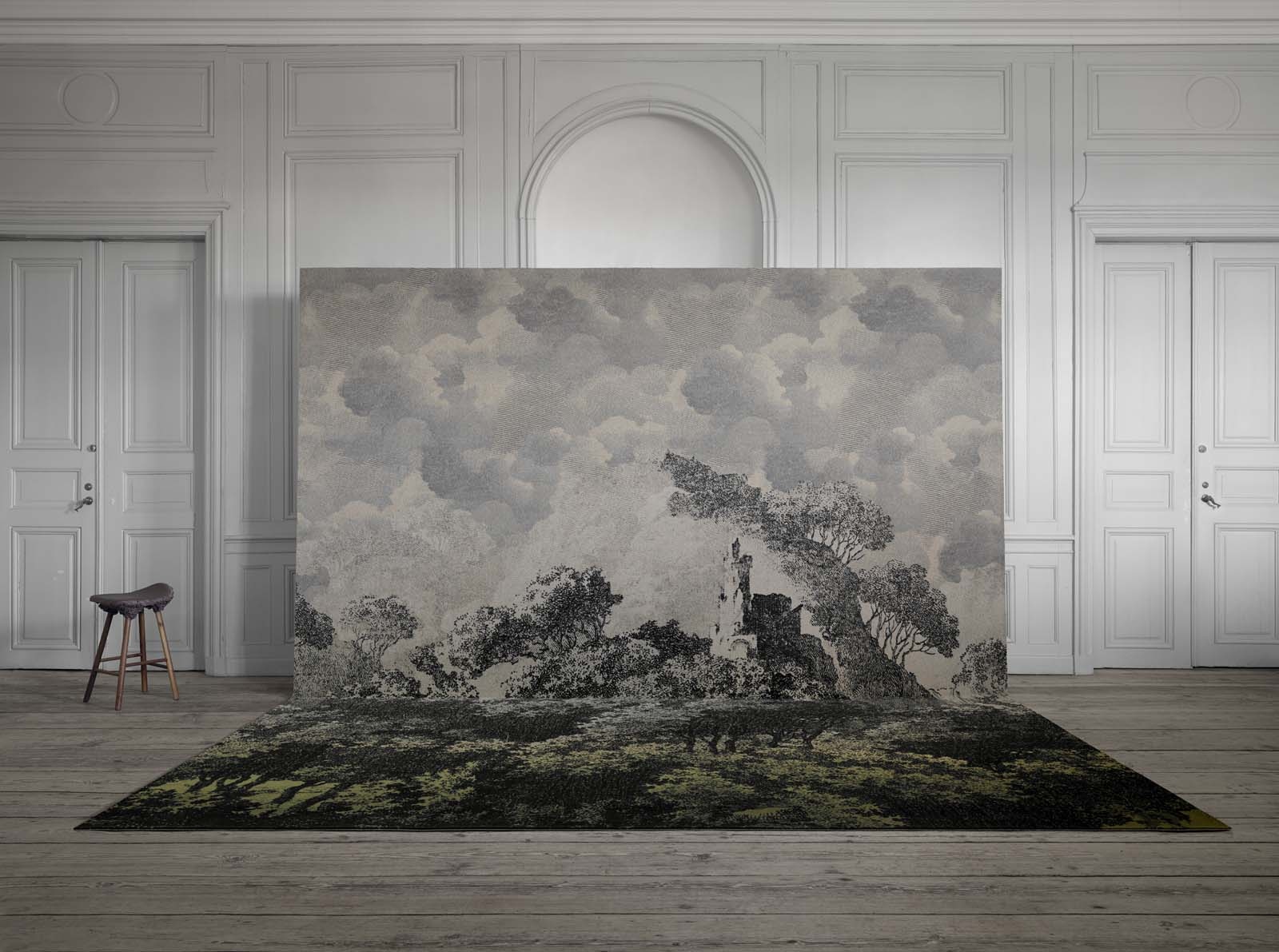
The Atelier collection by Monsieur Christian Lacroix features three design themes – Textile, Mineral and Gravure. What are the differences and similarities between these lines?
The Atelier collection by Monsieur Christian Lacroix features 16 designs structured around the three design themes; Textile, Mineral and Gravure – each of them inspired by the passions of Monsieur Christian Lacroix.
With clear reference to fashion, which they all have in common, these textile designs are created from the designer’s personal archive of ethnic and foreign fabrics. They’re transformed into patterns of patchwork, velvet draping and one of Monsieur Christian Lacroix’s all-time favourite design elements, paisley. Fascinated by collecting stones, Monsieur Christian Lacroix brings the beauty of this natural element into the collection in the Mineral design theme, embracing beautiful mosaics of beach stones, chaussé stones and quarry tiles. Finally, Gravure features fantasy engraving motifs inspired by monuments from Monsieur Christian Lacroix’s home town, birds and butterflies from 19th century fashion pieces and mountain landscapes in Provence.
Regarding the difference between the three design themes, Mineral stands out with its more repetitive and structured patterns featuring pebbles, stones and tiles while the Textile and Gravure themes are lusher and more dramatic with velvet, ancient buildings and colourful dresses and butterflies just to mention a few.
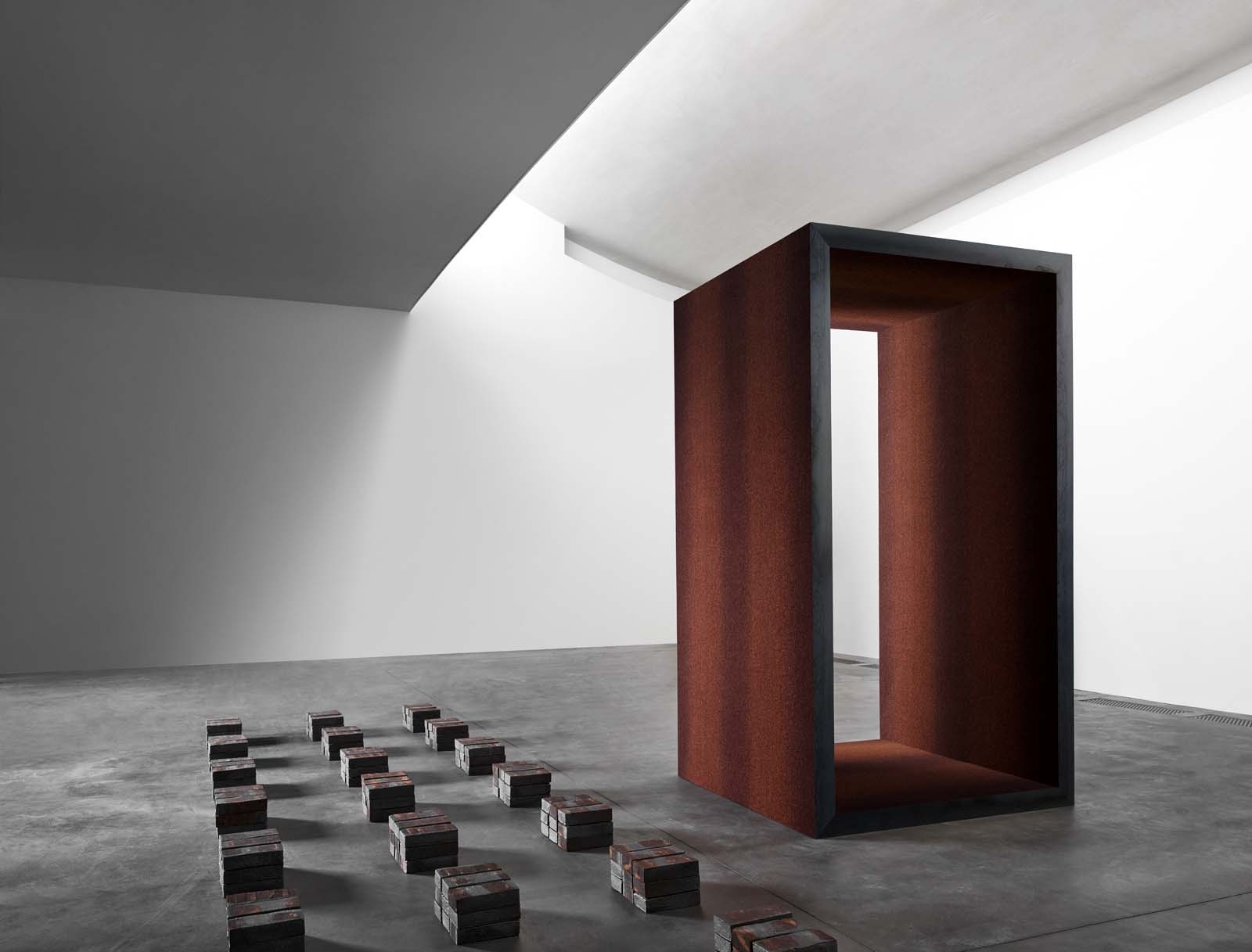
What is the core concept of the Ege Acoustic interiors?
Our Acoustic Rooms collections are composed of a selection of sound absorbing and sound insulation design elements, each of them carefully developed to define a new era of room concepts. Acoustically optimised to perfection, our exclusive range offers multiple functions when serving as independent workplaces, conference rooms or meeting zones in larger office areas.
Featuring a large selection of modules, surfaces, connections and colours, the aesthetic value is outstanding and contributes to a large variety of room-in-rooms for undisturbed conversations, quieter work and relaxed meetings. In addition to these obvious advantages, our acoustic rooms work as effective sound absorbers reducing noise travelling across the room when placed strategically on the ground plan. Therefore, acoustic rooms can be very important to any acoustic design.
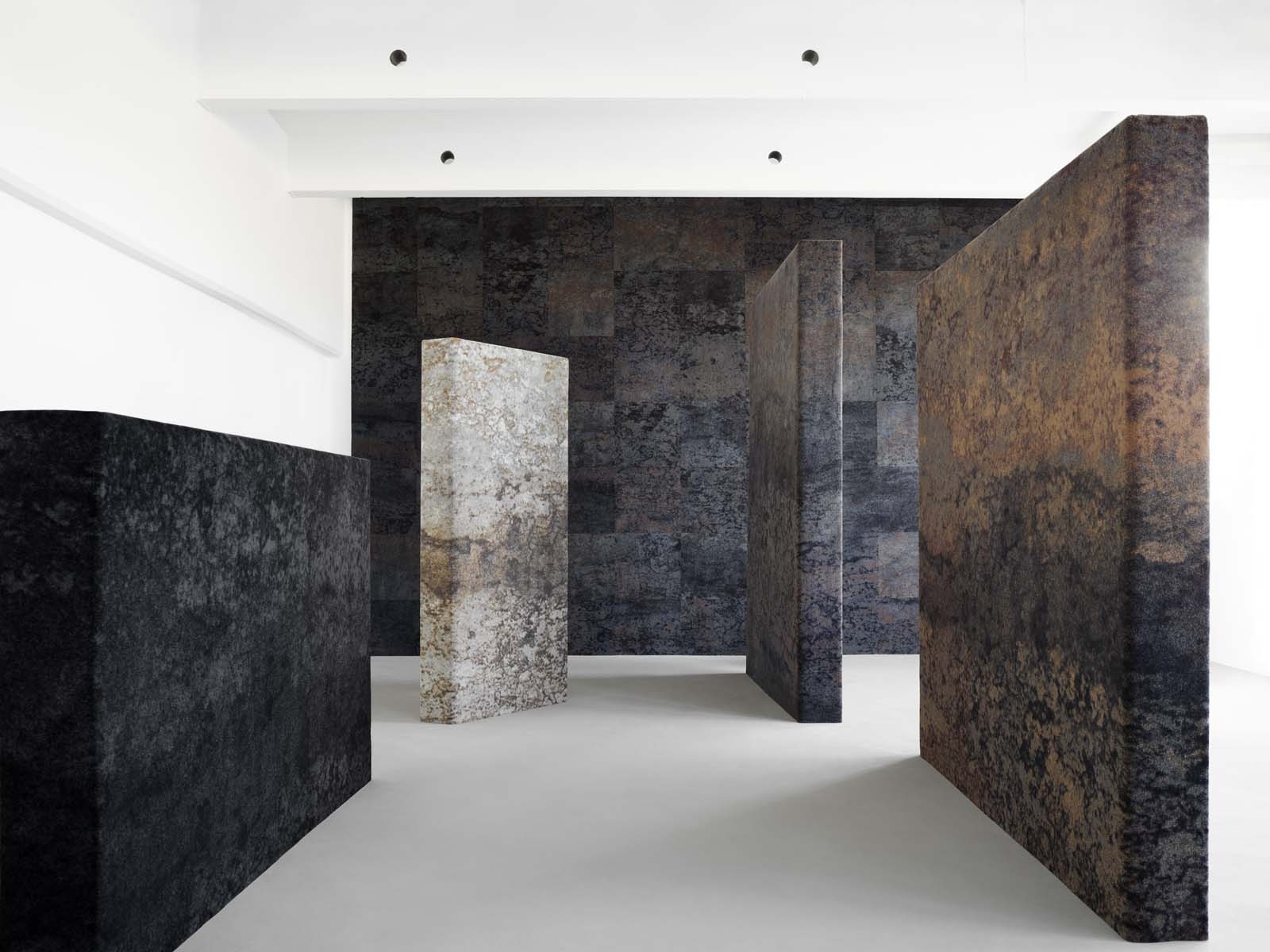
Do you have a personal favorite rug or collection?
I have many! But my personal rug collection includes Industrial Landscape by Tom Dixon (Smoke design in green) and A New Wave (Grass design in rust).
Sometimes a carpet is worth a thousand words.
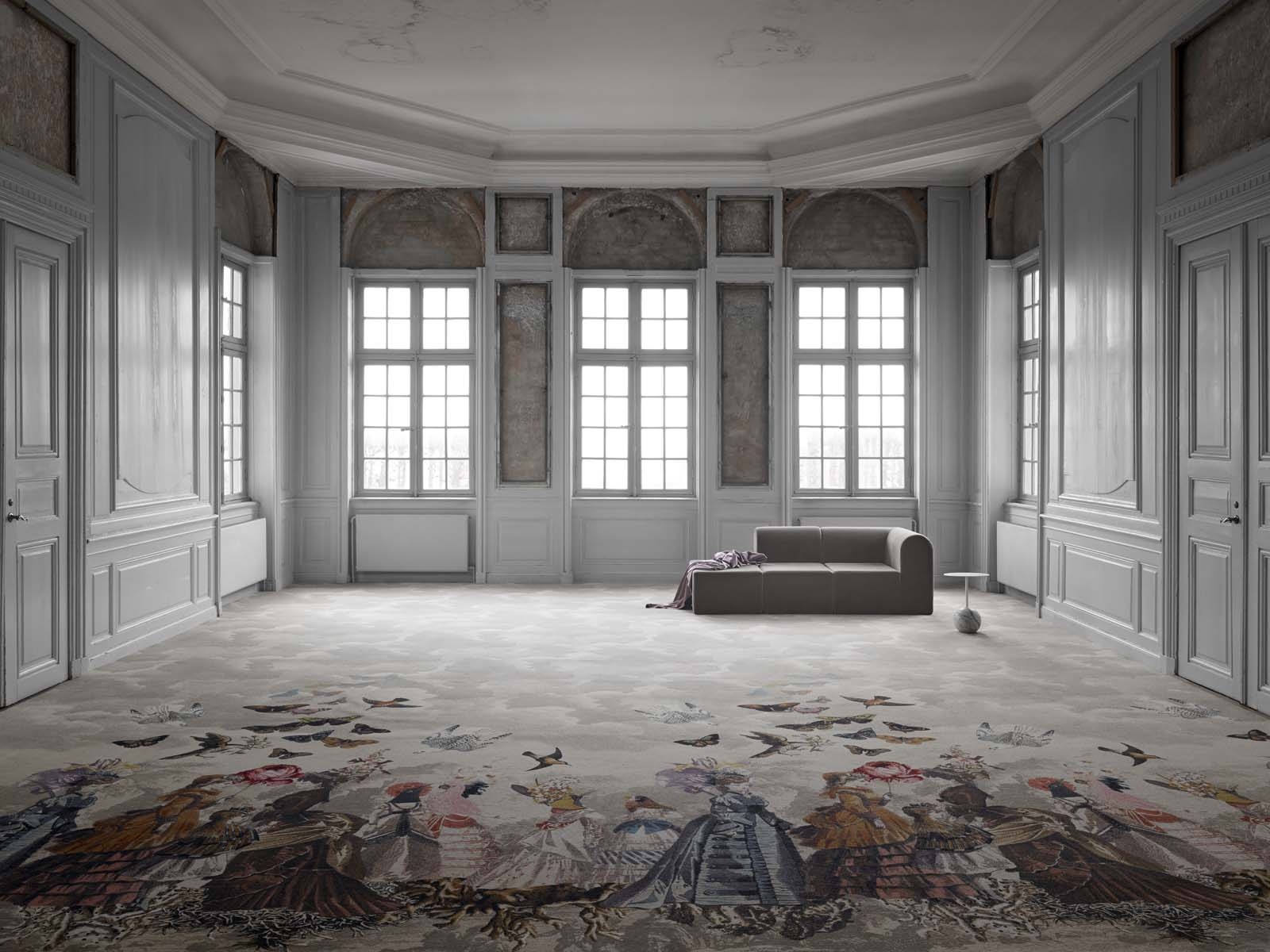
Ege awaits visitors of S/ALON BUDAPEST 2021 with a stunning interior concept, and the harmonious reality of the union of sustainable solutions and premium design. Buy your tickets to the Budapest Arena and let’s meet between September 24-26 at Hungary’s largest interior design fair!

